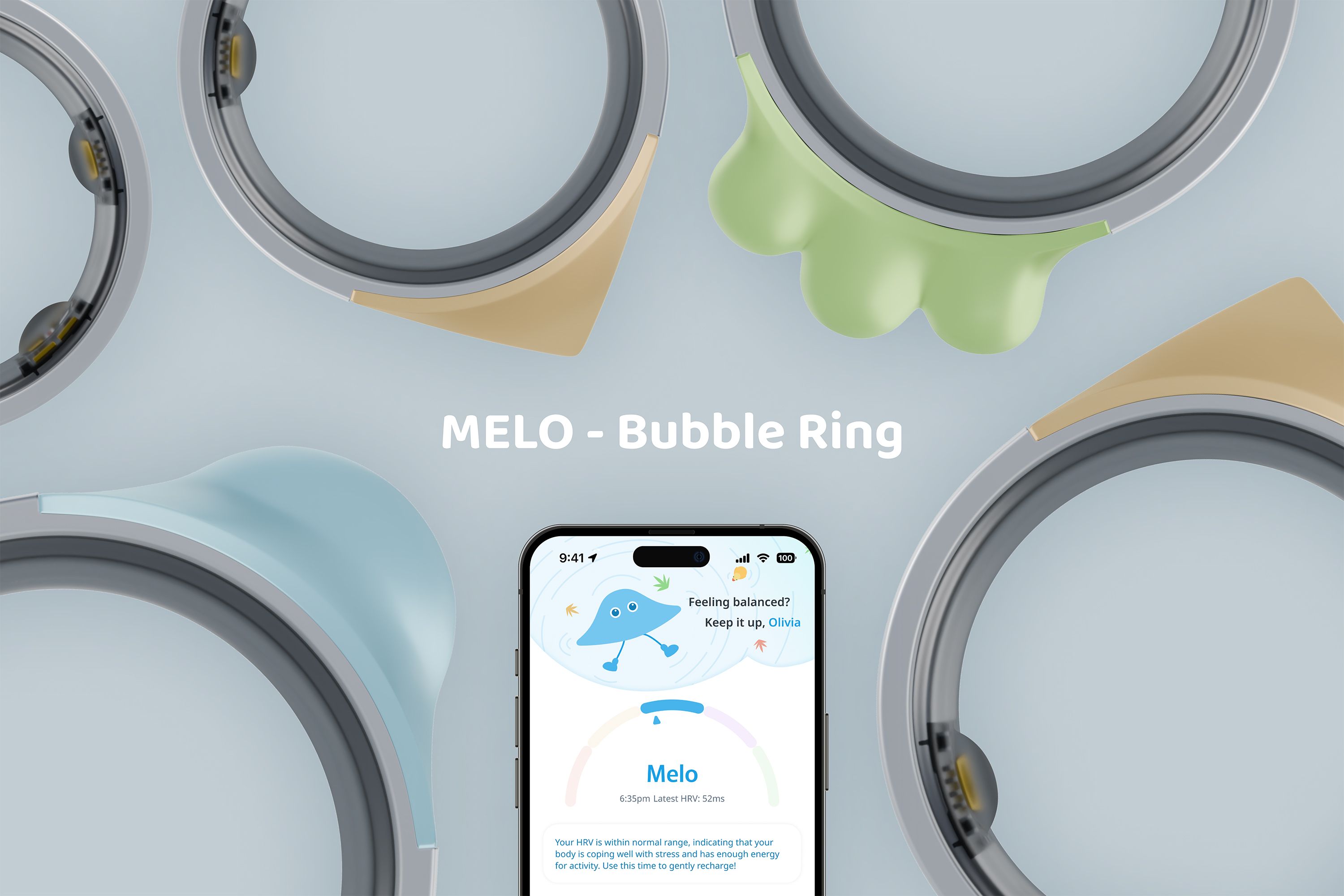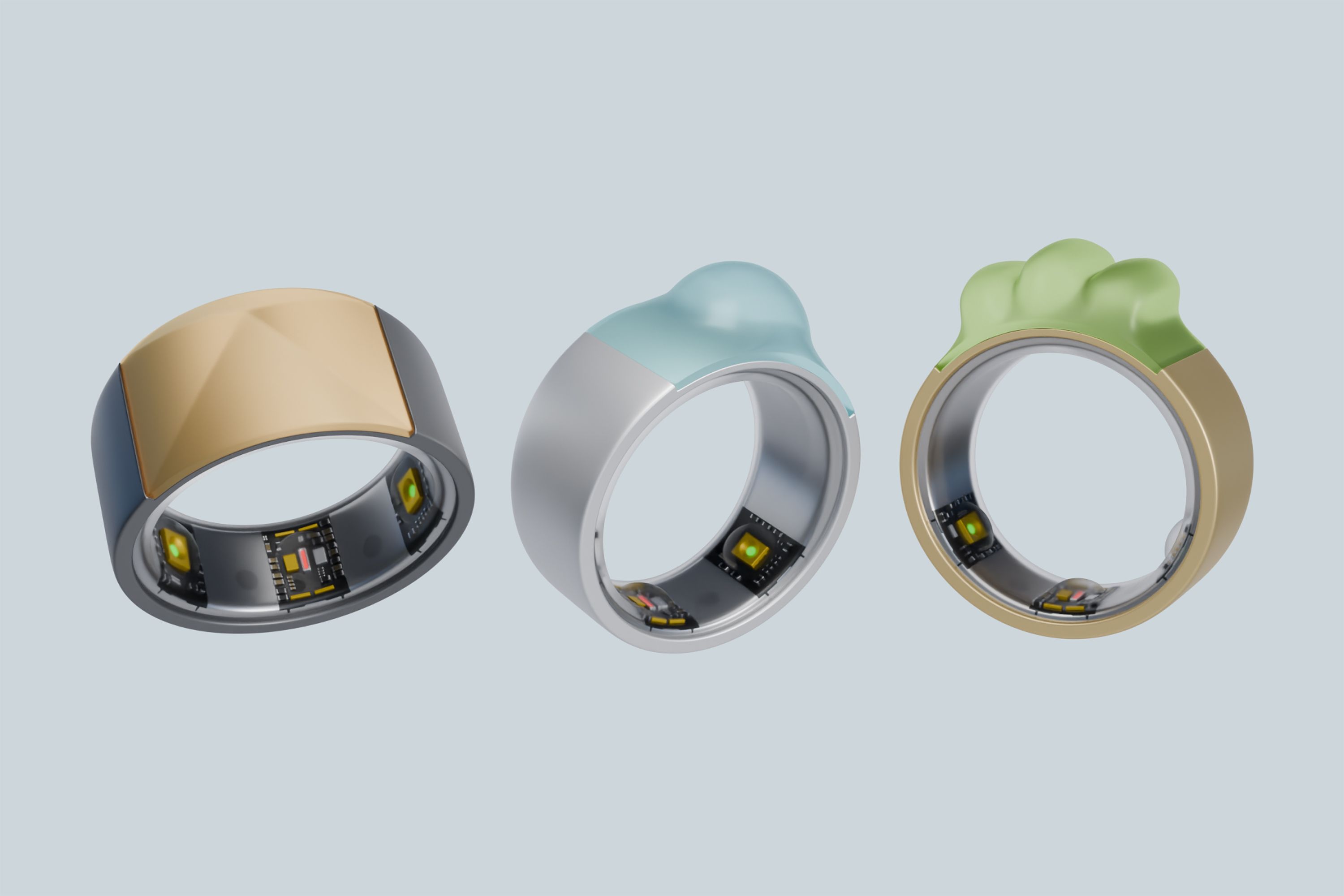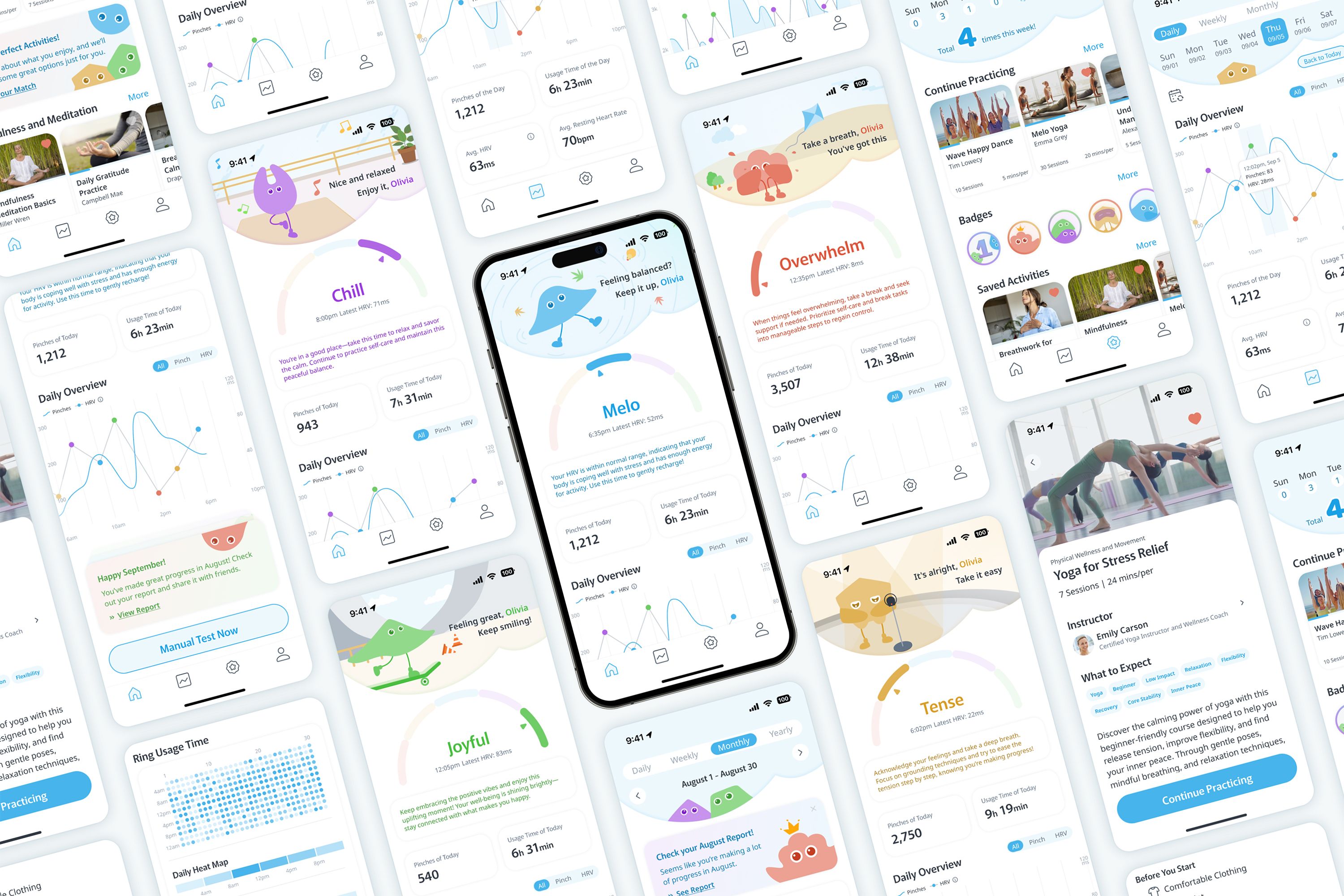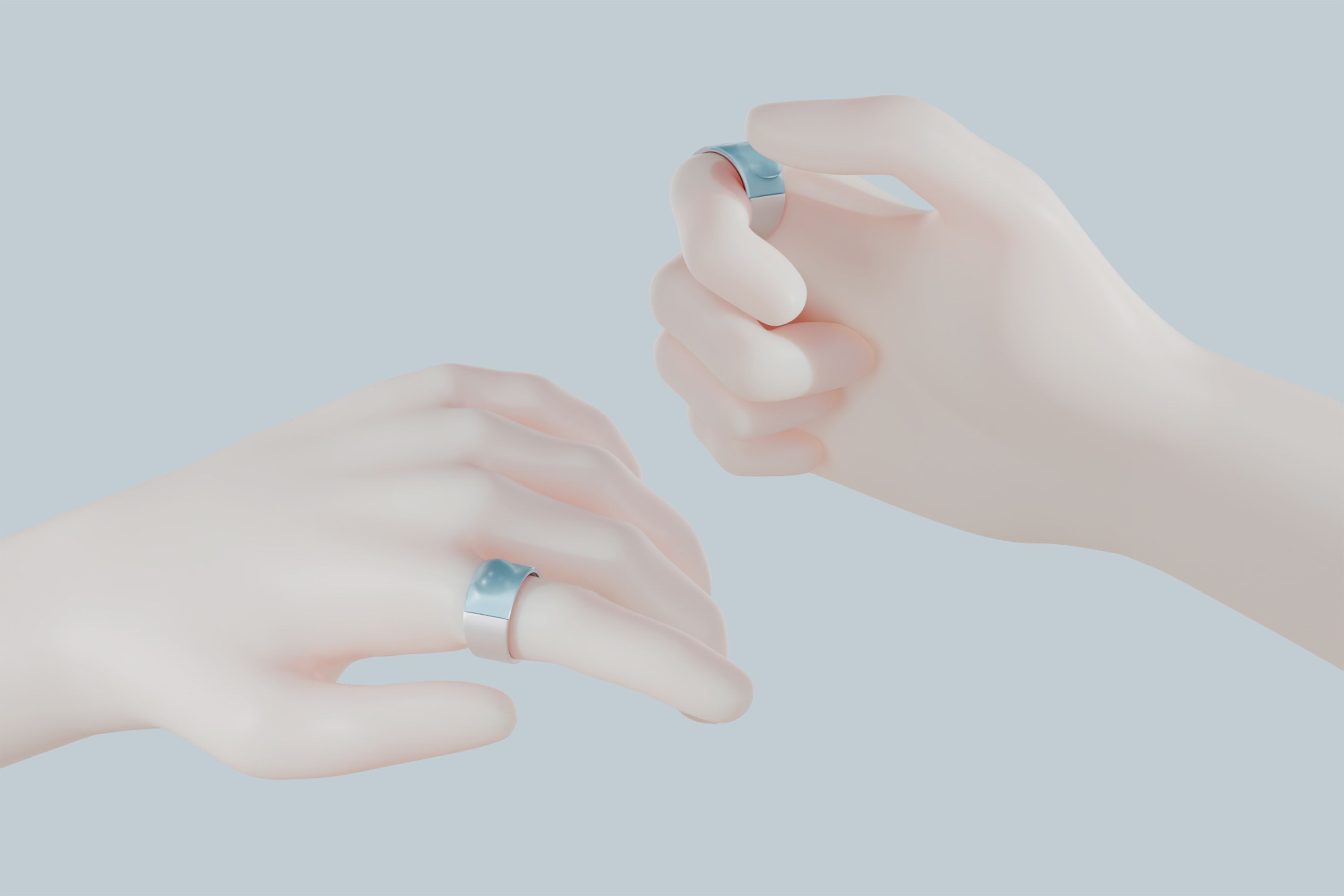
Designers
Shuting Jiang, Tianyue Wu, Xuanchen Li
Year
2025
Category
Concept
Country
United States
Design Studio / Department
QIMU Design

Three questions to the project team
What was the particular challenge of the project from a UX point of view?
The biggest challenge was designing an intuitive and seamless experience that users could easily incorporate into their daily routines without feeling overwhelmed. The MELO Bubble Ring had to balance sophisticated technology—such as HRV tracking and FSR sensors—with a simple, user-friendly interface. Ensuring that the device would be discreet, stylish, and not intrusive while providing meaningful, real-time feedback was key.
We also had to account for the varying levels of user interaction, making sure the device would feel accessible and comfortable for everyone, from first-time users to those familiar with stress management tools.
What was your personal highlight in the development process? Was there an aha!-moment, was there a low point?
A personal highlight was seeing the user testing data and how excited our interviewees were about the product. It was incredibly rewarding to see their positive reactions and how they immediately recognized the value of what we were building. It confirmed that we were on the right track. The aha! moment came when we realized how well our design and technology aligned with their needs for discreet and effective stress management.
The low point was navigating the technical challenges to ensure the product was feasible—this included researching and solving issues with battery life, temperature management, and material selection, but overcoming these hurdles made us more confident in the product’s practicality and performance.
Where do you see yourself and the project in the next five years?
In five years, we see the MELO Bubble Ring as a trusted tool for emotional well-being, helping people manage stress naturally and effortlessly. We envision the product being used widely across different demographics—students, professionals, and parents—and becoming a common part of daily life. We also see the MELO app evolving with even more personalized features, offering tailored mindfulness activities that adjust based on the user’s progress.
As a team, we look forward to growing alongside the project, continually learning from our users, and advancing in the field of mental health design. We hope to contribute to more innovations that empower people to take better care of their emotional health and well-being.


